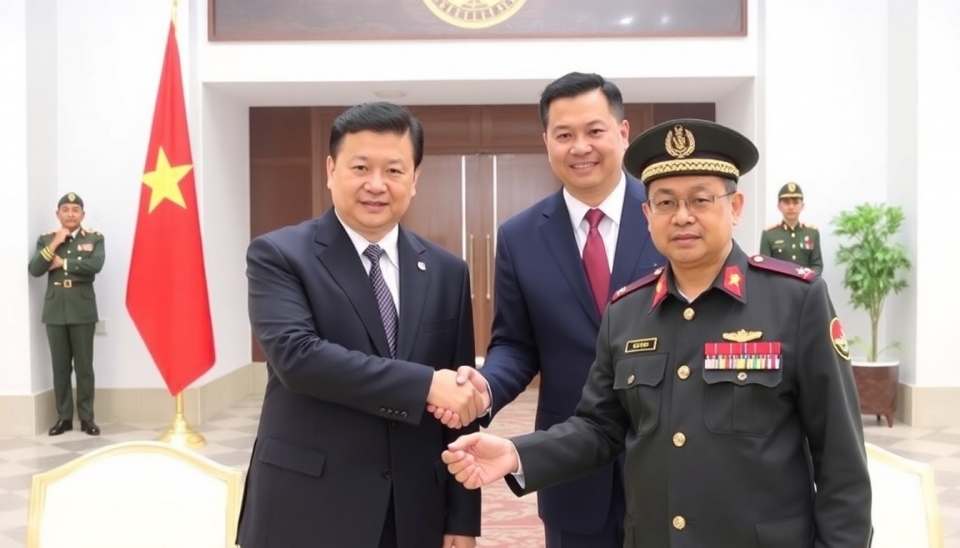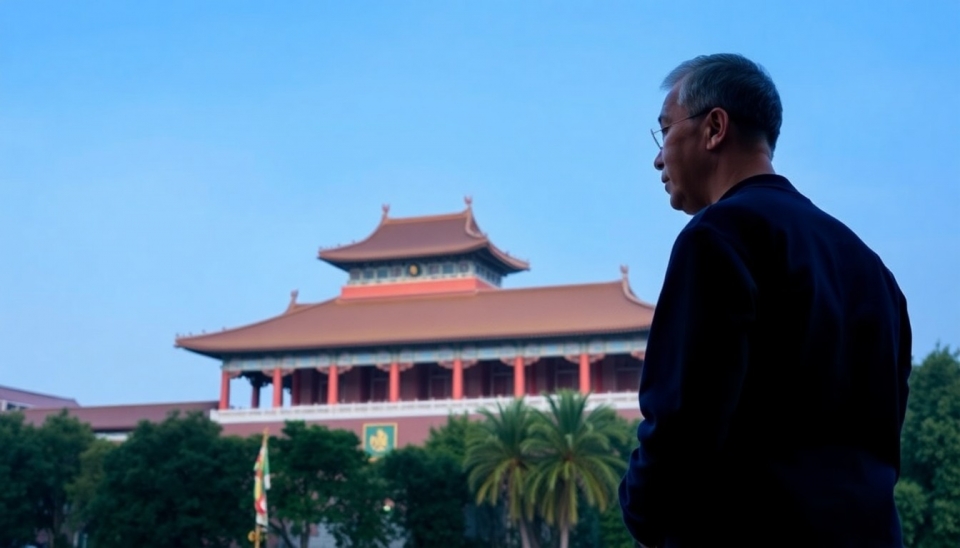
In a significant move aimed at combating the spread of disinformation, the Chinese government has announced new regulations designed to impose strict labeling requirements on generative artificial intelligence (AI) content. This initiative reflects the nation’s ongoing struggle to manage the intricate issues surrounding fake news and the broader implications of AI advancements in society.
The announcement, made by China's Ministry of Industry and Information Technology (MIIT), mandates that all generative AI tools explicitly label content that they produce. This includes text, images, videos, and audio outputs generated by AI systems. The goal is clear: to hold these technologies accountable and ensure that users can differentiate between AI-generated content and human-created material. By doing so, the authorities aim to reduce the shrinkage of the information ecosystem and enhance the reliability of information available to the public.
According to MIIT officials, these new regulations are expected to take effect within the coming months. They view this initiative as a necessary step in addressing the challenges posed by rapid advancements in AI technology, particularly in regard to misinformation and disinformation. The Chinese government has expressed its increasing concern over how generative AI can be used to create misleading narratives that may threaten social stability.
The move follows recent reports highlighting the misuse of generative AI tools to fabricate news articles and other content that could sway public opinion. The MIIT pointed to several incidents where AI-generated materials were incorrect or misleading, exacerbating current challenges in managing public discourse and information integrity. By enforcing a labeling system, the government hopes to improve transparency in digital communication and foster a more trustworthy environment for information dissemination.
This regulatory framework is part of a broader set of measures that China has been implementing to oversee the development and deployment of AI technologies. Alongside this new labeling requirement, the Chinese authorities have also signaled their intent to develop guidelines that govern the ethical and fair use of AI. The regulations will not prohibit the creation of generative AI but will instead emphasize responsibility among developers and users of these technologies.
The official statement from the MIIT stressed the importance of fostering an environment where both innovation and accountability coexist. “We recognize that generative AI technology holds great potential; however, with great power comes great responsibility,” a spokesperson from the ministry stated. Thus, the labeling requirement is positioned as a vital part of ensuring that innovation does not come at the cost of public trust.
This latest regulatory step has garnered mixed reactions from the technology sector. Some industry experts praise the effort to tackle disinformation, asserting that labeling AI-generated content is a proactive measure towards cultivating a safer online environment. Others, however, are apprehensive, arguing that the requirements could stifle creativity and growth in the AI sector, which has been rapidly evolving in recent years.
As this policy unfolds, it will be critical to monitor its impact on both the AI landscape and public discourse in China. Whether the labeling requirement can effectively mitigate the challenges posed by disinformation remains a question that government officials and technology leaders will have to grapple with moving forward. The effectiveness of this initiative may well serve as a bellwether for other nations considering how to navigate the complexities posed by generative AI.
In conclusion, China's announcement regarding generative AI labeling represents a concerted effort to address the pressing concerns of disinformation while balancing the fine line between innovation and accountability within the technology sector. The global conversation surrounding AI will undoubtedly be influenced by China's actions as countries worldwide confront similar issues stemming from the rapid adoption of artificial intelligence.
#China #AIregulations #GenerativeAI #Disinformation #TechPolicy #Innovation #PublicTrust #LabelingRequirements
Author: John Miller




